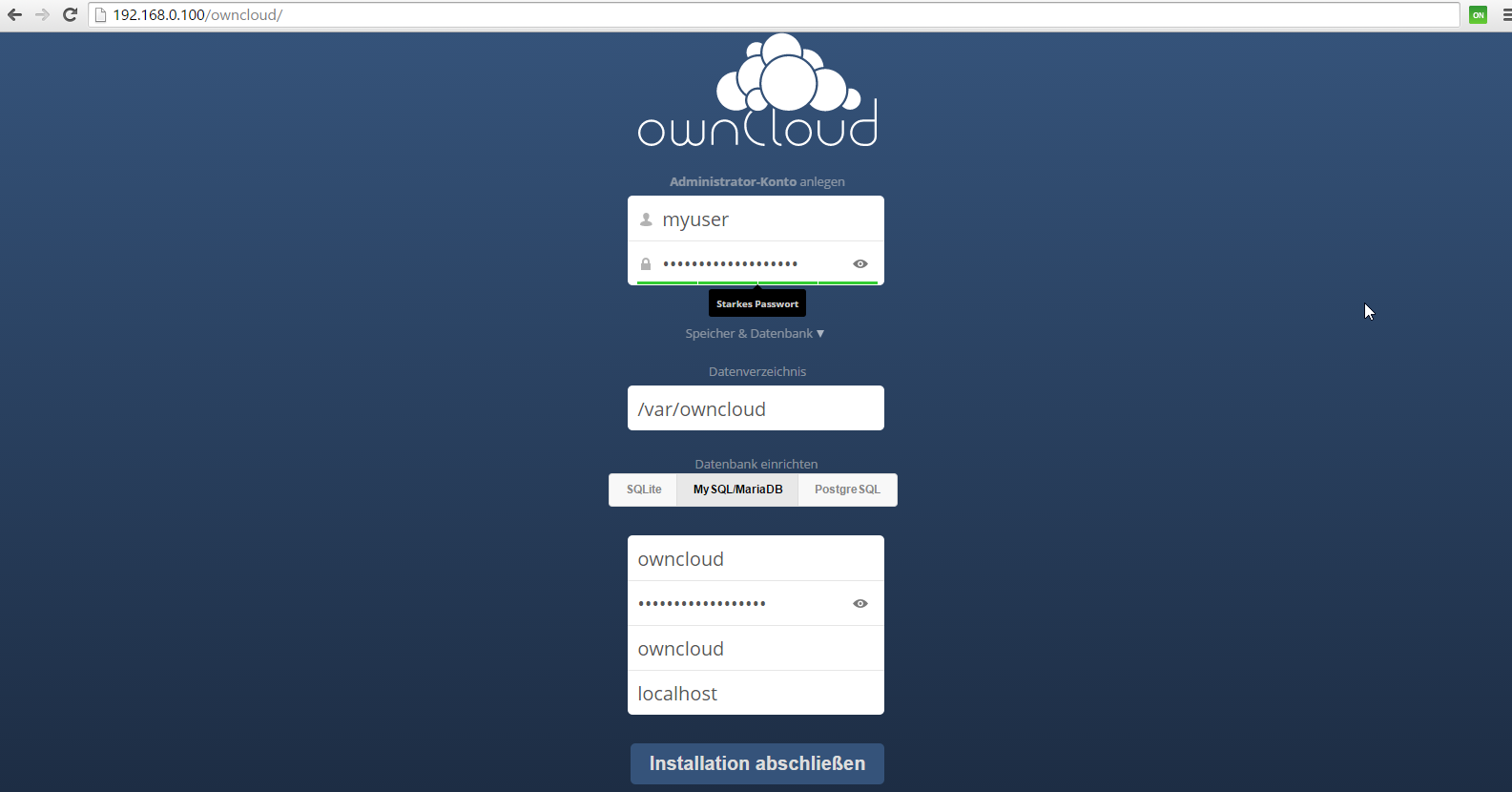

There's an easy explanation for why online (or "cloud") storage has so many fans. While the protocols used and features expected for accessing data on online storage have changed massively, the basic idea hasn't altered much since the days of FTP and similar protocols. Yet, the principle's technical roots are anything but new, with implementations reaching back decades. Thanks to the rise of cloud computing, the idea of storing files remotely and downloading them when needed has gained a lot of fresh air in recent years. The listener stores the notifications.Most computer users nowadays rely on online file storage. If it isn’t running, no notification are stored. Start the wnd:listen process if it’s not already started, ideally running it as a service. An alternative is, to provide a common share for the users and use the $user placeholder in the root, such as //host/share/$user/folder. As a result, you’ll end up with too many listeners. This is because the listener won’t scale, as you’ll need to setup one listener per/share equals one listener per user. The $user placeholder for the share name, such as //host/$user/path/to/root, providing a share which is accessible per/user won’t work with the listener. OwnCloud suggests to use " login credentials, saved in DB" as the best replacement instead. This means that " login credentials, saved in session" won’t work with the listener.
#OWNCLOUD WINDOWS UPDATE#
OwnCloud needs access to the Windows account password for the mounts to update the file cache properly. Collaborative WND Differences Based on the Mount Type See the table below to compare the differences. With CWND, all accessing users have their own access to the mount with their own credentials but share additional information with other users accessing the same data. A CWND can only be set by an admin in Settings Admin Storage but not in the users section. This means that comments and tags can be shared with all users accessing files and folders of this mount without the need that users must be members of the mount from an ownCloud point of view. In a CWND, each user shares the same ownCloud internal information for files and folders based on its internal identification (file_id). Collaborative WND (CWND)Ĭompared to a standard WND mountpoint, a collaborative WND mount offers enhanced features. Consider when using CWND, only the default nullPermissionManager can be used. This will bring more accurate permissions to ownCloud, especially when each user can have different permissions for the files in Windows. On top of this, WND can also evaluate the ACLs by using the ocLdapPermissionManager in the mount point configuration. With enhanced ACL support, both SMB and WND evaluate the file attributes (whether the file is hidden or read-only) to decide what ownCloud permissions the file or folder should have in ownCloud. Changes processed are also propagated to sync clients automatically. Users do not need to manually check for changes in all possible locations of their mount. This mechanism then updates the ownCloud database and provides the changes made to accessing users. However, it won’t work if the action is performed directly inside the filesystem used by Samba. Samba can send file notifications as well, as long as all the file actions are performed through the SMB protocol. Native Windows File Servers provide the ability to send change notifications regarding modified files and folders somewhere in a share. Please see the details about the Enterprise-Only Authentication Options Listen to change information triggered by the backend More authentication mechanisms against the backend It could happen that users get locked out of the file server. In the case of ownCloud’s standard SMB connector, the password won’t be reset.

This is also true for Collaborative WND when using login credentials saved in database and a repeatedly running files-scan job which may use outdated credentials. The lockout prevention tries to avoid this from happening by resetting the password if it is wrong. Retrieve Log Files and Configuration Settingsīrief Description of Advanced Features: User lockout prevention and password resetĭepending on the Windows or Samba policy, users could get locked out of their account if they enter a wrong password a number of times.



 0 kommentar(er)
0 kommentar(er)
